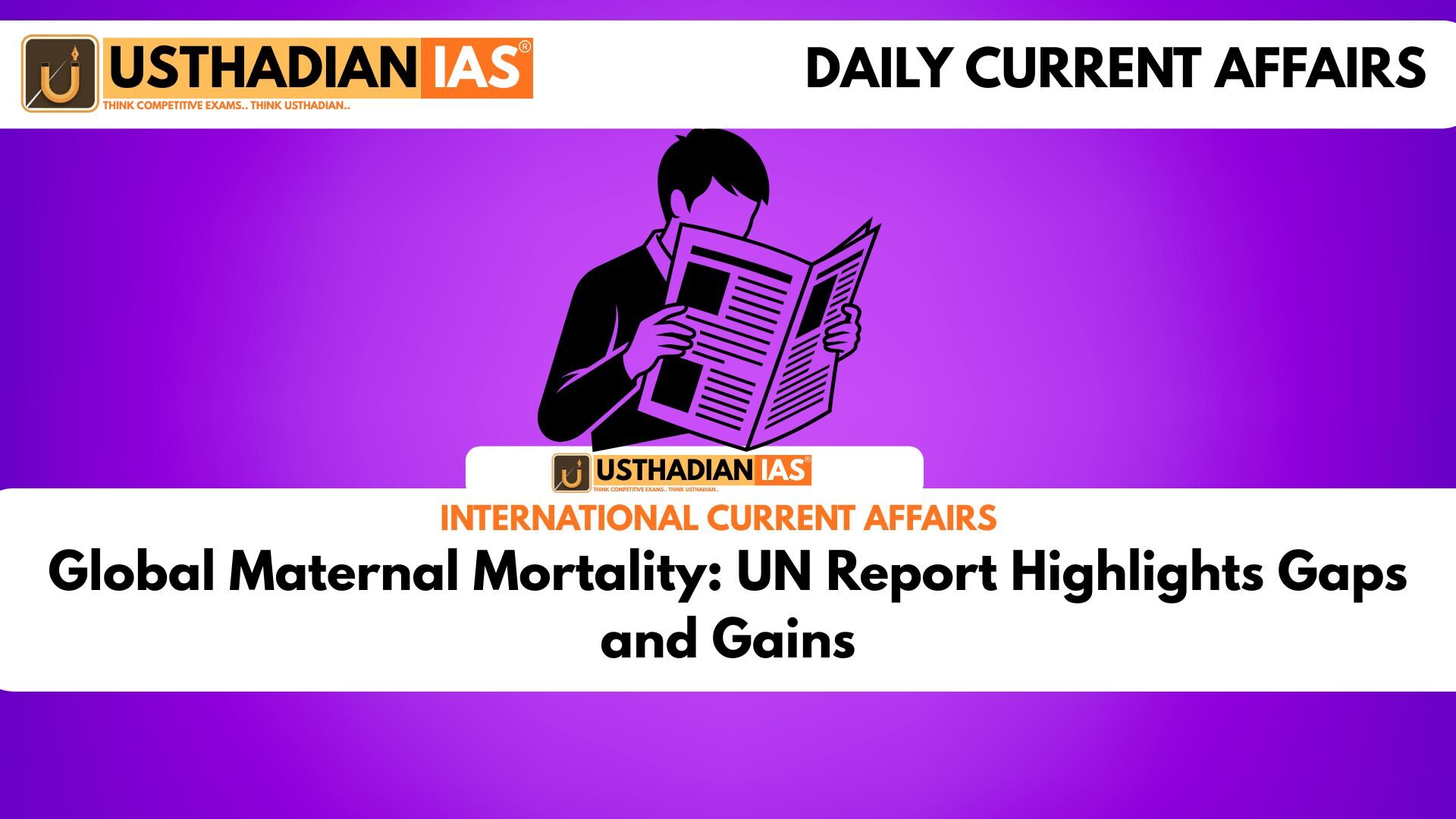India Among Top Two in Maternal Deaths Worldwide
Global Maternal Mortality: UN Report Highlights Gaps and Gains : The new UN report titled “Trends in Maternal Mortality: 2000 to 2023” reveals that despite major progress, India reported the second highest number of maternal deaths in 2023, tied with the Democratic Republic of Congo. India recorded 19,000 maternal deaths, while Nigeria topped the list with 75,000. Though India’s maternal mortality ratio (MMR) improved significantly—from 362 in 2000 to 80 in 2023—the slowdown in progress has triggered concern over healthcare accessibility, particularly in rural and underfunded regions.
Uneven Progress Across Indian States
Maternal health outcomes vary widely across India. Southern states, which have better private healthcare access, report lower MMRs. Meanwhile, northern and central states with limited healthcare infrastructure face disproportionately higher death rates. In many areas, primary health centres are ill-equipped to manage emergencies like postpartum haemorrhage, forcing dangerous delays in treatment. This highlights how regional disparities remain a core challenge in meeting SDG targets.
Pandemic Setbacks and Healthcare Disruptions
The COVID-19 pandemic reversed years of progress in maternal health. In 2021 alone, an estimated 40,000 additional deaths occurred globally due to pregnancy-related complications. Overwhelmed hospitals and disruptions in maternity services meant women missed check-ups or had to deliver without skilled assistance. The global MMR has since stabilised, but most countries are still not on track to meet the SDG target of reducing MMR to below 70 by 2030.
Root Causes and Systemic Challenges
The report attributes most maternal deaths to direct obstetric complications, with postpartum haemorrhage as the leading cause, followed by hypertension and sepsis. Indirect factors such as pre-existing conditions (e.g., anaemia, diabetes) also contribute significantly. These are largely preventable with timely care, but infrastructure gaps, lack of trained personnel, and delayed referrals often prove fatal. The report urges countries like India to scale up community health systems and provide 24/7 emergency obstetric services.
Policy Actions and Global Recommendations
To prevent maternal deaths, the UN recommends investing in primary care systems, training midwives and nurses, and ensuring supply chains for life-saving drugs. Public health education, especially on reproductive rights and safe pregnancy practices, is also key. Governments must ensure resilient health systems that function effectively during emergencies to avoid future setbacks like those seen during the pandemic.
STATIC GK SNAPSHOT
Global Maternal Mortality: UN Report Highlights Gaps and Gains :
| Indicator | Data |
| UN Report Title | Trends in Maternal Mortality: 2000 to 2023 |
| Released By | WHO, UNICEF, UNFPA, World Bank, UN DESA |
| Global Maternal Deaths (2023) | Approx. 260,000 |
| India MMR (2000 vs 2023) | 362 → 80 |
| Top 2 Countries by Maternal Deaths | Nigeria (75,000), India (19,000) |
| SDG Target for MMR by 2030 | Less than 70 per 100,000 live births |
| Leading Cause of Maternal Death | Postpartum haemorrhage |
| India’s Global Rank in Maternal Deaths | 2nd (Tied with DRC) |
| % of Global Deaths in Sub-Saharan Africa | ~70% |








